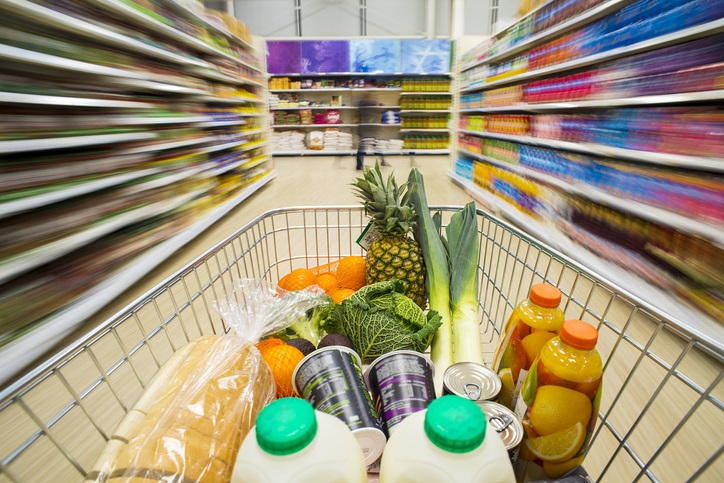Britons feeling force of inflation in shopping baskets
8th March 2023 10:19
by Myron Jobson from interactive investor
ii comments on the ONS report on food inflation trend.

Commenting, Myron Jobson, Senior Personal Finance Analyst, interactive investor, says: “The pace at which the price of food has risen has been difficult to stomach over the past year. While headline inflation is cooling, the improvements needed in order for Britons to feel good about where inflation is heading are yet to be seen. Most of us are feeling the force of inflation on our finances most through our spending on groceries and energy bills.
“UK food prices are rising at the fastest rate in over 40 years. Part of what’s fuelling food inflation are jumps in everyday larder products, such as milk, pasta, bread and eggs. This type of food inflation is sticky because as they form part of essential expenditure for many. More recently, we’ve also seen an uptick in the price of tomatoes and other salad items, with a shortage of these products in tandem with the heightened cost of energy and fertiliser pushing up prices.
“We are all increasingly feeling the brunt of runaway food inflation as retailers continue to struggle to absorb the full extent of the cost pressures arising from rising commodity and global food prices, high labour costs and soaring energy bills. Food inflation hits those on lower incomes who spend more of their income on necessities such as food and energy bills - categories with higher-than-average inflation rates - leaving few ways to reduce spending.
“Rising prices are changing the way we shop. Baskets are getting smaller and more of us are ditching premium brands for cheaper alternatives, while many are reducing spend on nice-to-have items.
“In the new world of spiralling costs, just getting by has become the normal for many households. It remains important to active review your budget and make necessary changes to maintain financial resilience.”
Key points:
- The ONS report found in the 12 months to January 2023, the price of inputs into the production of food, drinks (both alcoholic and non-alcoholic), and tobacco increased by 19.8%.
- Imported food material input prices rose by 25.7% in the year to January 2023, compared with 18.0% for domestic food material inputs over the same period.
- In the 12 months to January 2023, output food product producer prices increased at their joint-highest annual rate since records began in January 1997 at 17.1%.
- Around two-thirds (65.1%) of food and drink retail businesses (excluding micro-businesses) reported the prices of goods and services bought increased in January 2023 compared with December 2022; a similar proportion of food and drink retail businesses (excluding micro-businesses) reported their prices sold increased (63.7%) over the same period.
- This “pass through” of higher costs to prices is reflected in the Consumer Price Index including owner occupiers’ housing costs, with food and non-alcoholic drink inflation at 16.8% in January 2023.
These articles are provided for information purposes only. Occasionally, an opinion about whether to buy or sell a specific investment may be provided by third parties. The content is not intended to be a personal recommendation to buy or sell any financial instrument or product, or to adopt any investment strategy as it is not provided based on an assessment of your investing knowledge and experience, your financial situation or your investment objectives. The value of your investments, and the income derived from them, may go down as well as up. You may not get back all the money that you invest. The investments referred to in this article may not be suitable for all investors, and if in doubt, an investor should seek advice from a qualified investment adviser.
Full performance can be found on the company or index summary page on the interactive investor website. Simply click on the company's or index name highlighted in the article.